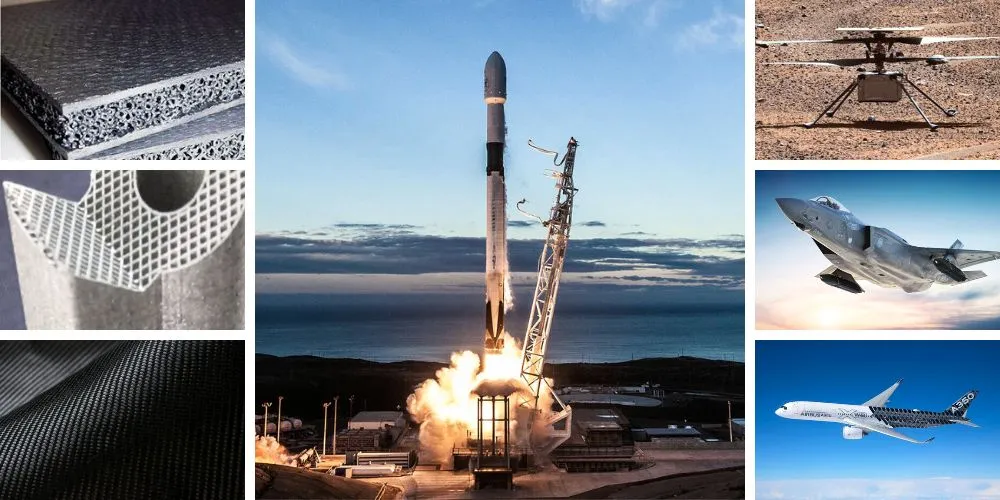Composite materials have revolutionized the aerospace industry by offering lightweight, durable, and strong alternatives to traditional metals. These materials, made from two or more constituent substances with different physical or chemical properties, have been instrumental in modern aircraft and spacecraft design. As the aerospace industry pushes for more efficient, sustainable, and high-performing vehicles, the role of composites is poised to grow even more significant.
Weight Reduction and Fuel Efficiency
One of the most critical advantages of composite materials is their ability to reduce the weight of aerospace vehicles. Weight reduction is directly linked to fuel efficiency, a major concern in commercial aviation and space exploration. Studies have shown that significant fuel savings are realized for every kilogram of weight an aircraft saves. In modern aircraft like the Boeing 787 Dreamliner, up to 50% of the structural components are made from composite materials, resulting in a 20% improvement in fuel efficiency compared to traditional aircraft made from aluminum alloys.
Strength and Durability
Despite their lightweight properties, composite materials like carbon fiber-reinforced polymers (CFRPs) and glass fiber-reinforced polymers (GFRPs) offer exceptional strength and durability. These materials are highly resistant to fatigue, corrosion, and environmental stressors, common issues in the aerospace sector. Research has shown that CFRP composites can be up to five times stronger than steel while significantly lighter. This strength-to-weight ratio makes them ideal for critical components such as fuselages, wings, and engine nacelles, where structural integrity is vital.
Environmental Impact
Industries are under increasing pressure to reduce their environmental footprint, and composite materials play a vital role in this transition. By lowering aircraft weight, composites help reduce CO₂ emissions and fuel consumption. Additionally, modern composites can be manufactured using more sustainable methods, such as thermoplastic composites, which are easier to recycle and produce with lower energy input than traditional materials. According to the International Air Transport Association (IATA), advancements in lightweight materials, including composites, are crucial for achieving the industry’s target of halving CO₂ emissions by 2050.
Challenges and Future Development
While composite materials offer numerous benefits, widespread adoption is challenging, particularly in manufacturing costs and repairability. Composite components are often more expensive to produce than metal parts, and their repair requires specialized techniques. However, ongoing research and innovation in material science are addressing these issues. Emerging technologies like 3D printing and automated fiber placement are expected to reduce production costs and improve the scalability of the aerospace sector’s composite material manufacturing.
Conclusion
The future of aerospace heavily relies on the continued development and application of composite materials. With their ability to enhance fuel efficiency, provide superior strength, and reduce environmental impact, composites are integral to the evolution of next-generation aircraft and spacecraft. As scientific advancements continue to optimize these materials and overcome current challenges, composite materials will likely play an even more dominant role in shaping the aerospace industry for years to come.














